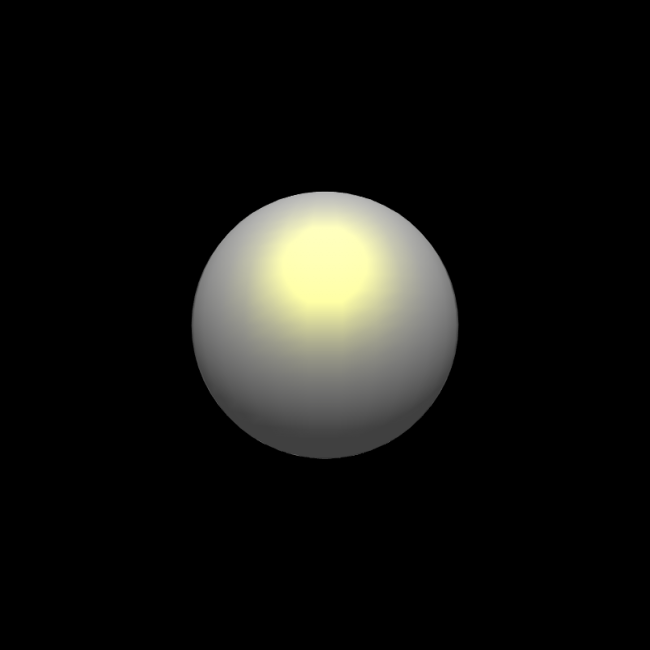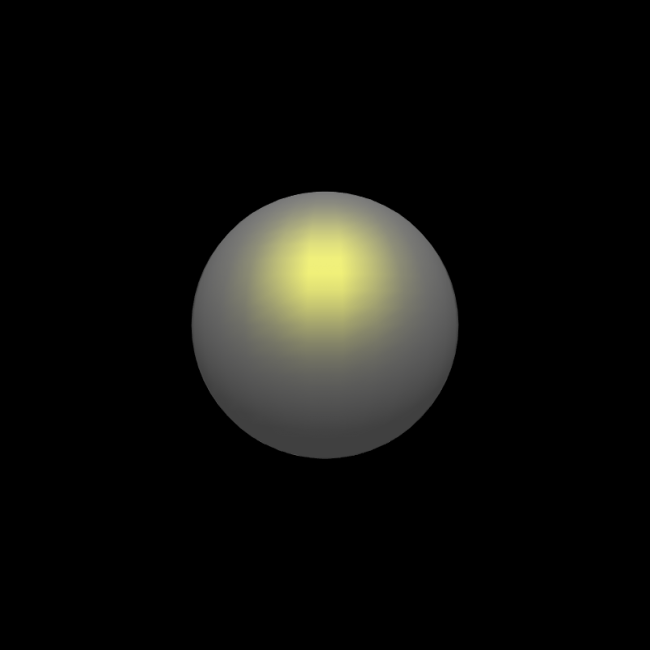Howdy, Stranger!
We are about to switch to a new forum software. Until then we have removed the registration on this forum.
Categories
- All Categories 25.7K
- Announcements & Guidelines 13
- Common Questions 30
- Using Processing 22.1K
- Programming Questions 12.2K
- Questions about Code 6.4K
- How To... 4.2K
- Hello Processing 72
- GLSL / Shaders 292
- Library Questions 4K
- Hardware, Integration & Other Languages 2.7K
- Kinect 668
- Arduino 1K
- Raspberry PI 188
- Questions about Modes 2K
- Android Mode 1.3K
- JavaScript Mode 413
- Python Mode 205
- Questions about Tools 100
- Espanol 5
- Developing Processing 548
- Create & Announce Libraries 211
- Create & Announce Modes 19
- Create & Announce Tools 29
- Summer of Code 2018 93
- Rails Girls Summer of Code 2017 3
- Summer of Code 2017 49
- Summer of Code 2016 4
- Summer of Code 2015 40
- Summer of Code 2014 22
- p5.js 1.6K
- p5.js Programming Questions 947
- p5.js Library Questions 315
- p5.js Development Questions 31
- General 1.4K
- Events & Opportunities 288
- General Discussion 365
In this Discussion
- benvancitters April 2014
- billautomata April 2014
fill() in P3D mode leads to some weird behavior.
I'm trying to wrap my head around lights and materials for a blog post that I am doing, and I can't seem to figure out what exactly is going on when I use fill() in P3D mode.
void setup(){
size(800,800,P3D);
smooth(8);
}
void draw(){
noStroke();
background(0);
ambientLight(128, 128, 128);
lightSpecular(128,128,128);
directionalLight(128,128,128, 0, 1, -1);
pushMatrix();
translate(width * 0.5, height * 0.5, 0);
ambient(128,128,128);
specular(255,255,0); // yellow specular light
shininess(10.0);
sphere(width * 0.2);
popMatrix();
}
produces...

If I replace the call to ambient(128,128,128); with fill(128,128,128); I get this:

Calling fill seems to nullify other settings like shininess. What exactly is going on in P3D mode when I am calling fill? Thanks!

Answers
I may not have a complete answer for you but in your case one of the things 'fill(128,128,128)' does is change the polygon fill color. In your example, with no lights enabled, adding the fill command would change your completely white sphere into a gray sphere. Fill will affect how light reacts with your surface as well.
Yes, fill changes the color of the polygons drawn, but it also seems to override specular and shininess settings. Using fill seems to instantiate a completely different shader?
It looks to me like there isn't a switch on/off, whatever is going on. Add this code to line #24 to get a nice gradual fade between fill(255-0)
fill(255*(sin(millis()/500.f)+1)/2);At fill(255) the output looks exactly like your top screenshot.